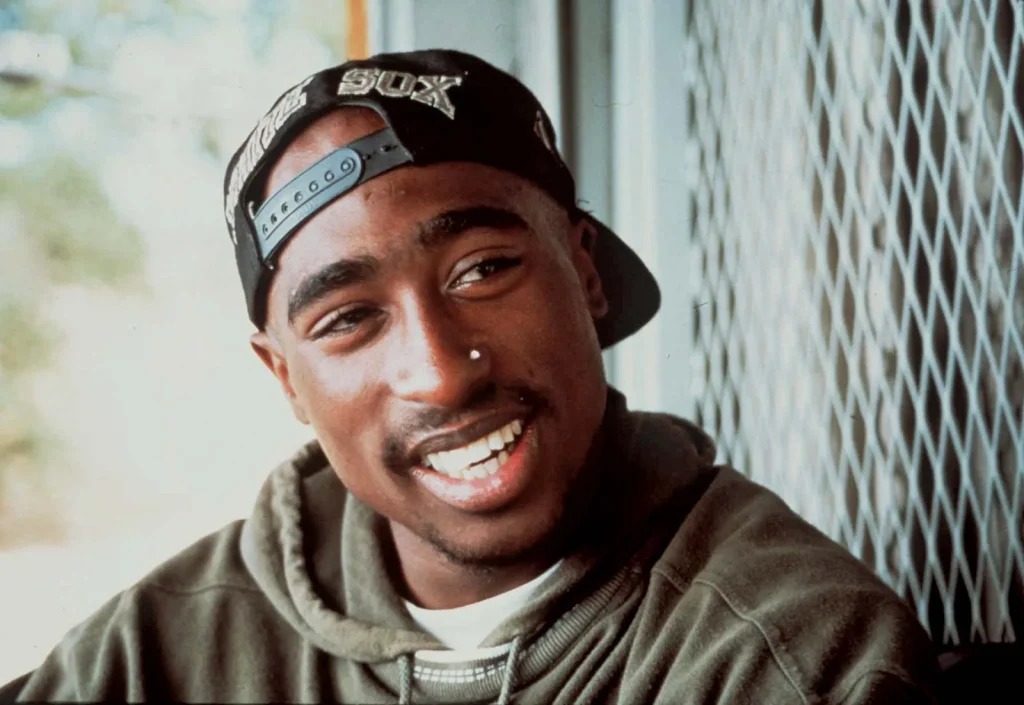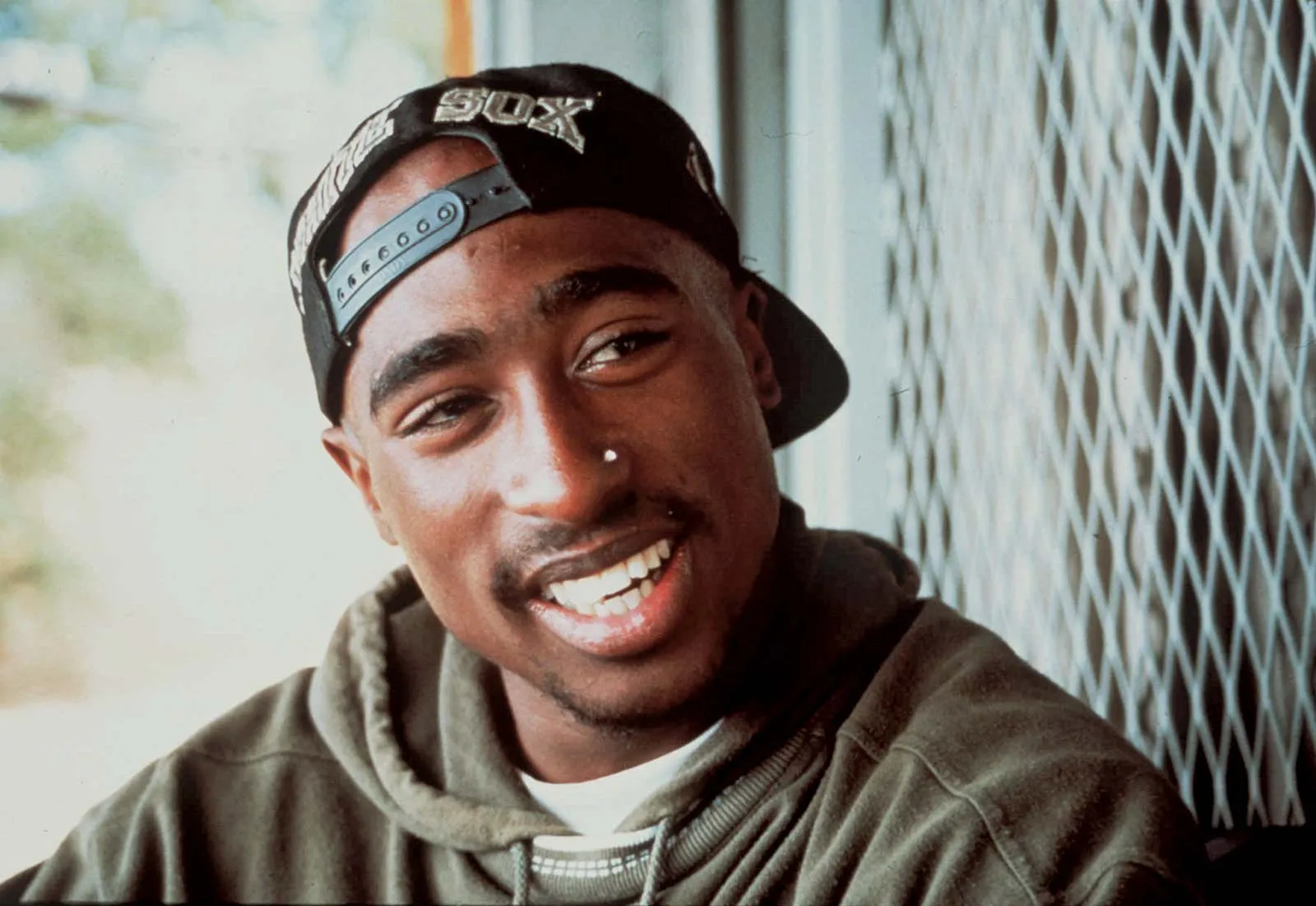
Few names in hip-hop—or indeed, in popular culture at large—command as much reverence and intrigue as Tupac Amaru Shakur. As we mark the 27th year since his passing, it’s crucial to look beyond the legend, anchoring our understanding in the facts of his life and the undeniable goodness he championed.
Born in 1971, Tupac’s life was steeped in activism from the get-go. His parents, both active members of the Black Panther Party, imparted a sense of justice and resilience in him from a young age. It was no surprise then that these values found their way into his art, infusing his lyrics with a socio-political consciousness rarely seen in the industry.
Tupac’s formative years, spent in cities from Baltimore to Oakland, enriched his perspective. These places, steeped in history and cultural diversity, acted as catalysts, molding his artistic ethos. As he navigated the streets, absorbing tales of despair and dreams, he was simultaneously crafting his narrative—one that would soon captivate the world.
However, Tupac wasn’t just about the larger narrative; he focused on individual stories too. In tracks like “Keep Ya Head Up,” he offered solace and empowerment to black women, urging them to stay strong amidst adversities. His keen sense of observation, coupled with genuine empathy, transformed his songs into anthems of hope and resilience.
In the realm of film, Tupac wasn’t just a rapper trying his hand at acting; he was a bona fide actor. Trained at the Baltimore School for the Arts, Tupac honed his craft alongside contemporaries like Jada Pinkett Smith. This training is evident in his compelling performances in films such as “Gridlock’d” and “Above the Rim.”
Yet, no exploration of Tupac’s life can be complete without addressing the controversies that often shadowed his brilliance. Legal troubles, including a prison stint, his tumultuous relationship with the media, and the infamous East Coast-West Coast rivalry, often painted a picture of a young man in constant turmoil. But even within these challenges, Tupac’s commitment to positive change never wavered.
Behind the scenes, Tupac was known for his generosity. Stories of him buying houses for homeless families or paying for the funerals of strangers highlight a side of Tupac seldom showcased by media headlines. His dream project, the “Thug Mansion,” aimed to create a haven for inner-city kids, providing them education, community, and a shot at a better future.
Posthumously, his mother Afeni Shakur took the mantle of ensuring his dreams didn’t remain mere ideas. The Tupac Amaru Shakur Center for the Arts in Georgia stands as a testament to his vision, offering programs and opportunities for young artists to harness their potential.
The contemporaries who worked with Tupac, from Dr. Dre to Snoop Dogg, frequently speak of his unwavering passion. His work ethic was legendary, often recording multiple tracks in a single day. This drive, this burning desire to share his message, has left us with a treasure trove of posthumous releases, each offering a fresh insight into Tupac’s world.
Reflecting upon his journey, it’s clear that Tupac was more than just an artist; he was a movement in himself. He believed in the power of words, the strength of unity, and the possibility of change. His lyrics, filled with raw emotion and hard-hitting truths, served as a mirror to society, urging introspection and action.
Today, as scholars, fans, and artists delve into Tupac’s vast body of work, it’s evident that his journey was one of duality—of struggle and triumph, of pain and hope. Twenty-seven years later, Tupac’s voice, both as a harbinger of change and a beacon of goodness, remains as potent and relevant as ever. As we continue to unpack his legacy, it stands as a testament to the power of art, conviction, and the enduring spirit of Tupac Shakur.




Leave a Reply